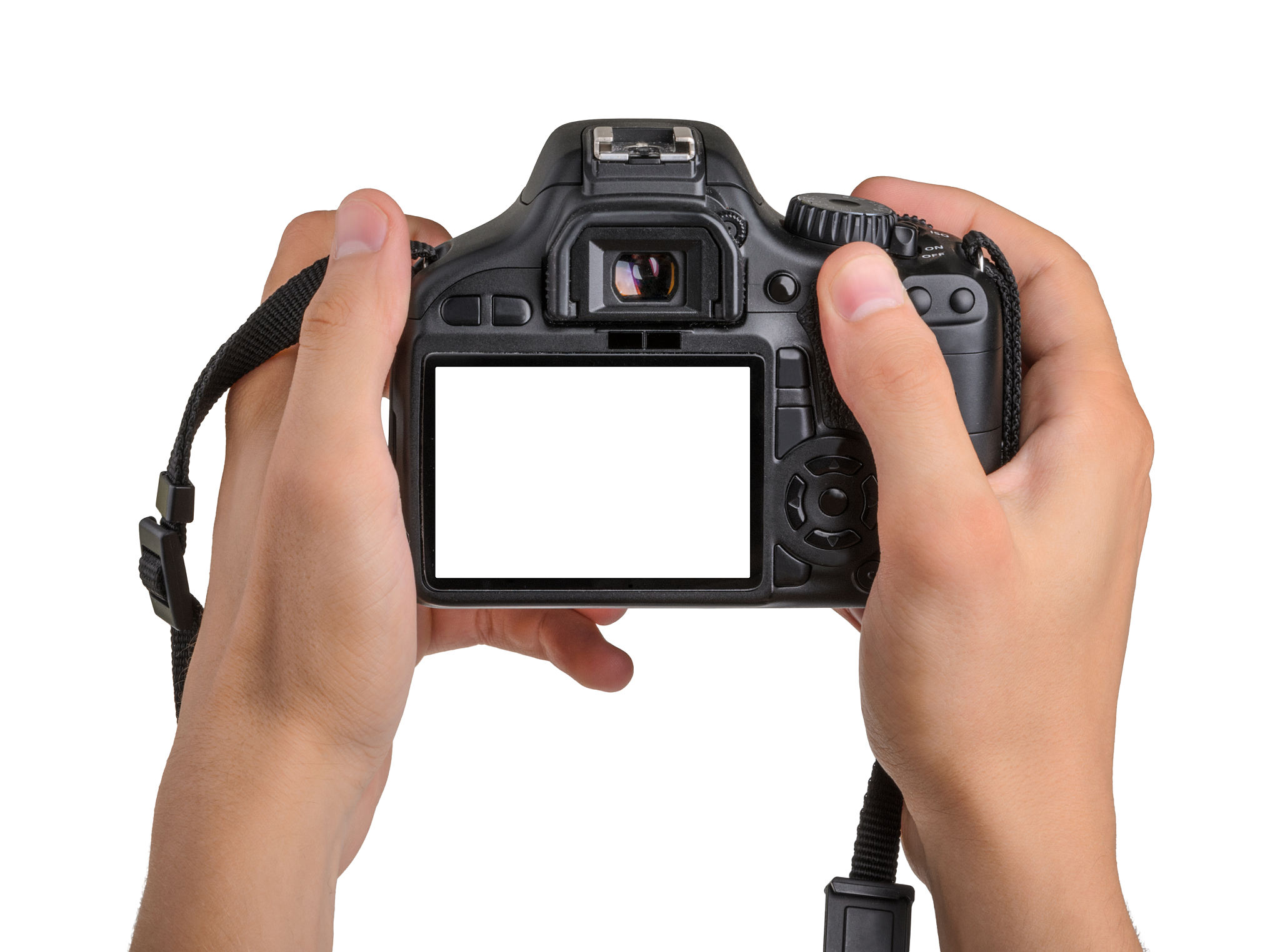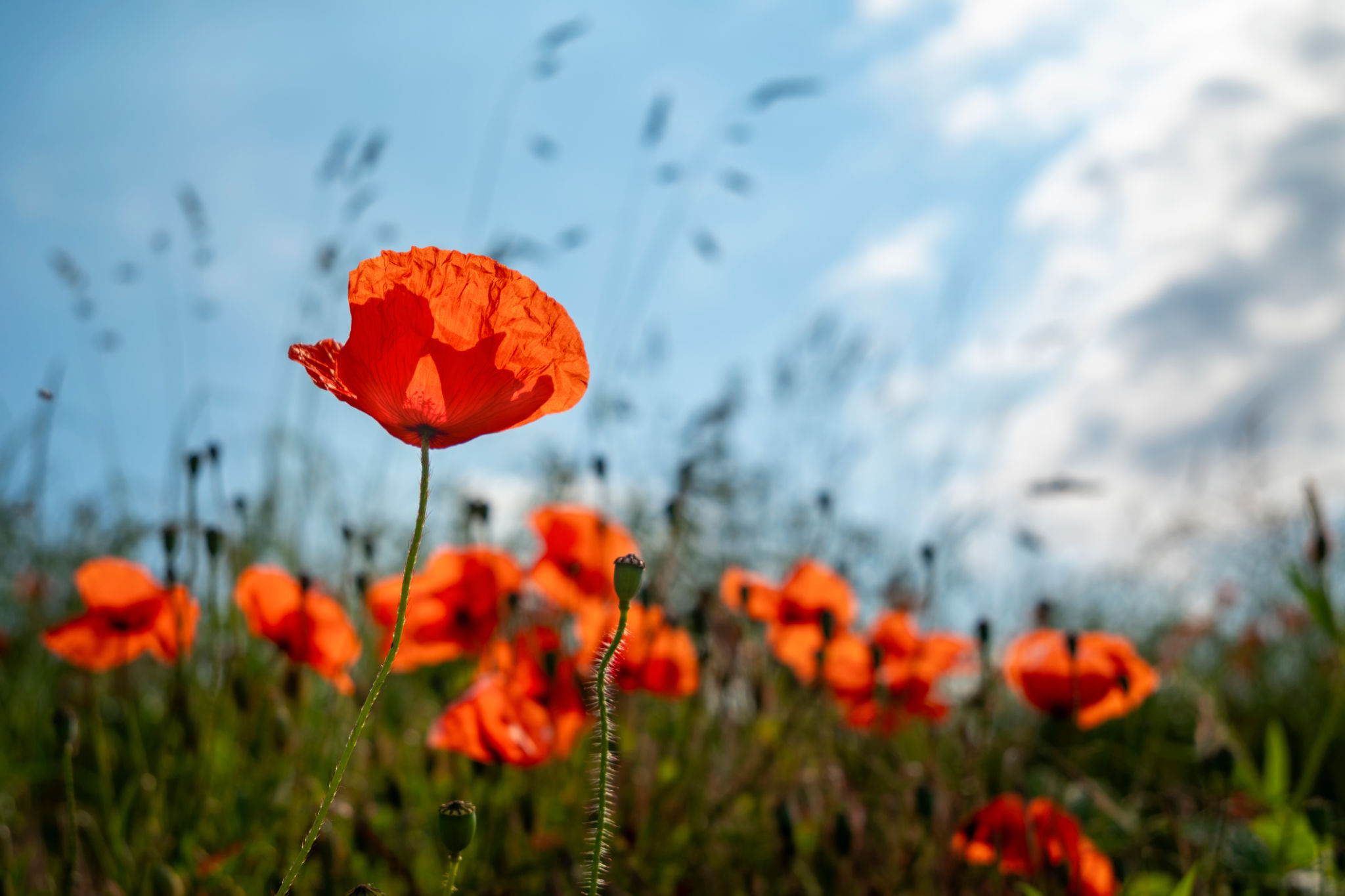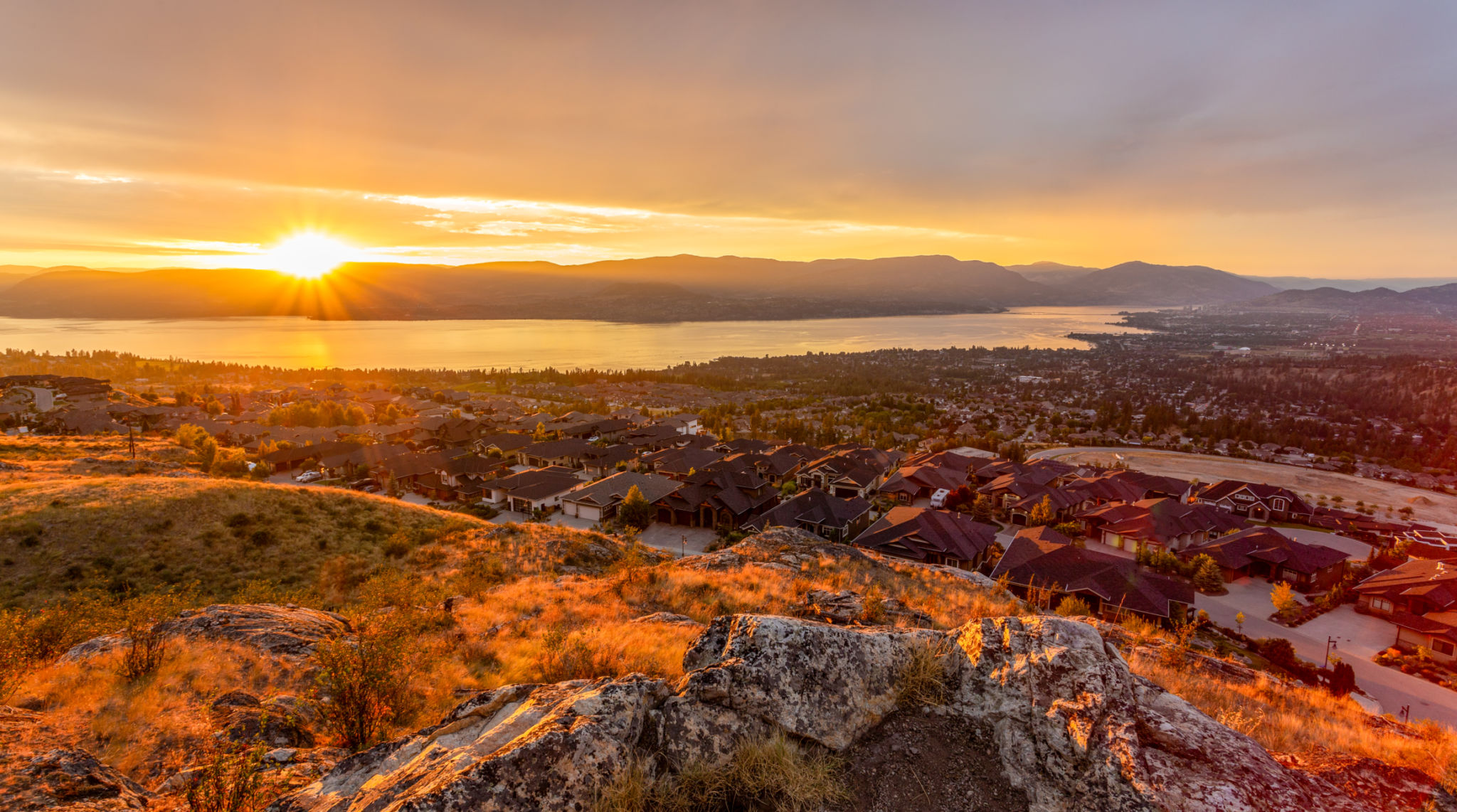DIY Photography Tips for Beginners: Start Taking Stunning Photos
Understanding Your Camera
Starting your journey in photography can be exciting and a bit overwhelming. The first step is to get familiar with your camera. Whether you have a DSLR, mirrorless camera, or a smartphone, understanding its functions is crucial. Spend some time reading the manual and experimenting with different settings. This will help you harness the full potential of your device and improve your photography skills.
Manual mode might seem intimidating at first, but it’s the key to unlocking your camera's capabilities. Learn about the exposure triangle: ISO, aperture, and shutter speed. Understanding how these three elements work together will allow you to take control of your shots and produce stunning images.

Composing Your Shots
Composition is an essential aspect of photography that can make or break your images. One of the most fundamental rules is the rule of thirds. Imagine dividing your frame into a grid of nine equal parts and position your subject along these lines or at their intersections to create a more balanced and engaging composition.
Another tip is to pay attention to leading lines. These are lines that guide the viewer’s eyes through the image, often leading to the main subject. Leading lines can be anything from roads and paths to fences and shadows. Use them creatively to add depth and interest to your photos.

Lighting Techniques
Lighting is one of the most important elements in photography. Natural light can be your best friend, especially during the golden hour—shortly after sunrise or before sunset—when the light is soft and warm. Try to plan your outdoor shoots around this time for magical results.
If you’re shooting indoors, consider using window light for soft, natural illumination. Avoid harsh overhead lighting as it can create unflattering shadows. Instead, diffuse artificial light sources with lampshades or use white curtains to soften the light from windows.

Experiment with Shadows and Reflections
Playing with shadows and reflections can add a creative twist to your photos. Look for interesting shadow patterns or reflections in water surfaces, mirrors, or glass buildings. These elements can introduce symmetry and abstraction, elevating your compositions.
Editing Your Photos
Editing is an important part of the photography process that allows you to enhance your images and correct any imperfections. Start with basic adjustments like cropping, adjusting exposure, and correcting colors. Many free software options are available that offer powerful editing tools for beginners.
As you get more comfortable with editing, experiment with more advanced techniques such as retouching or adding filters to give your photos a unique style. Remember, less is often more—aim for a natural look that stays true to the original scene.

Practicing Regularly
The key to improving your photography skills is consistent practice. Take your camera with you whenever possible and challenge yourself to take pictures in different settings and conditions. This will help you become more adaptable and improve your ability to capture stunning images in any situation.
Join online communities and forums where you can share your work and receive feedback from fellow photographers. Constructive criticism is invaluable for growth and can inspire new ideas and techniques.
